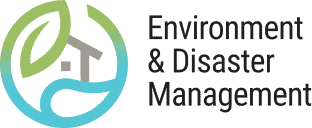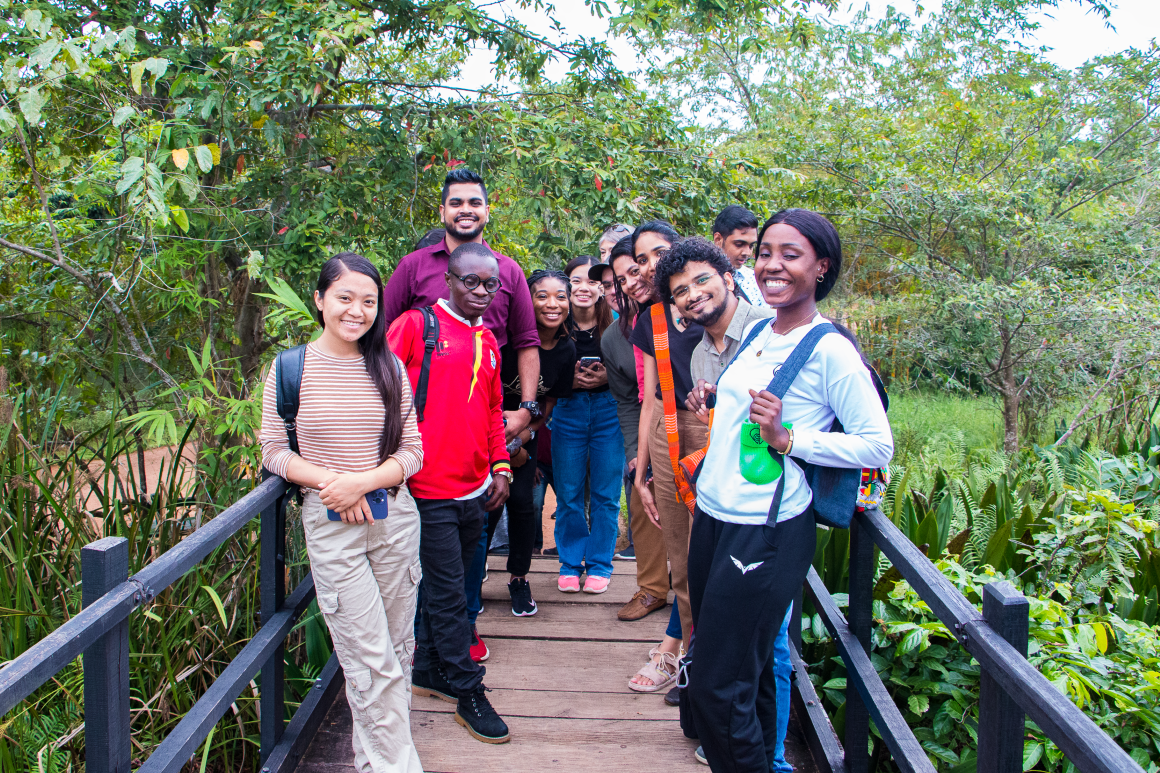Published on:
4 January 2021
Share this:
The Environment & Disaster Management team conducted a virtual Flood Green Guide training in October and November 2020. Through this 10-hour course, NGO staff, government water managers, engineers, and environmental scientists across South Asia explored natural and nature-based flood management and risk reduction.
Three trainees from distinct backgrounds and different countries reflect on their shared experience and discuss how the training impacts their perspective of flood risk management. Answers have been edited for brevity and clarity.
Dhruba Das Gupta, India
Project Director, Society for Creative Opportunities and Participatory Ecosystems
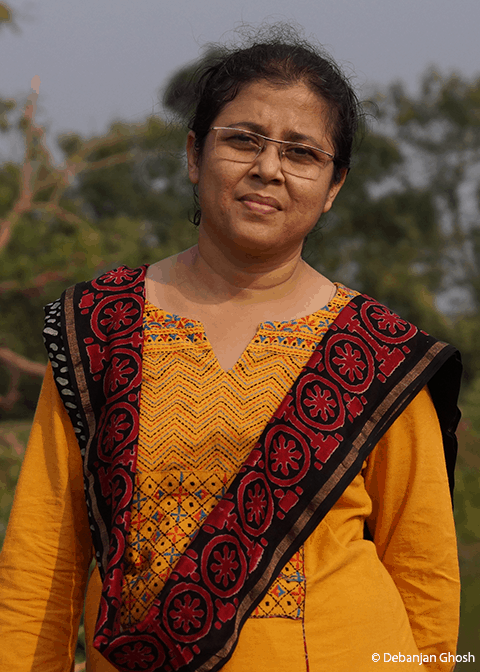
What motivates you to work on flood resilience?
My interest in flooding evolved from my interest in wetlands. What I realized is that as wetlands in my home city of Kolkata disappeared, flooding became a more regular phenomenon, especially as the population of the city grew. I’m interested in wetland protection and management as a strategy for managing floods.
Why did you want to attend this training to learn about natural and nature-based flood management?
One study showed that my home city of Kolkata is tied for the third most vulnerable to flooding in the world due to the climate crisis. Flood management is very important in our city, planning is essential, and I’m a strong believer in natural and nature-based solutions.
Not enough is done to inform policymakers about holistic flood management. The training will help me structure the conversation with policymakers — to be able to say, “Here are the risks involved and here are methods to address them,” so that floods can be managed and wetlands maintained.
What did you learn in the training that you plan to apply to your work?
Looking at floods from a watershed perspective is helpful. It will better inform the management of flood situations to view hazards and vulnerabilities holistically.
People often center their focus on what occurs during disasters, almost waiting for the crisis to arrive. It’s approached in a piecemeal way. One of the things I’ve learned is that we need a comprehensive approach. Constant communication across disciplines is important, and continuous awareness generation about flood management is also essential.
Was there a lecture or exercise that you found particularly beneficial for your work?
Session 2 on risks, uncertainty assessment, and objective setting. Before implementing a flood management method, it is important to assess hazards and risks, and set objectives.
I think this training needs to be offered to people in more cities so that they can be better equipped to speak with policymakers.
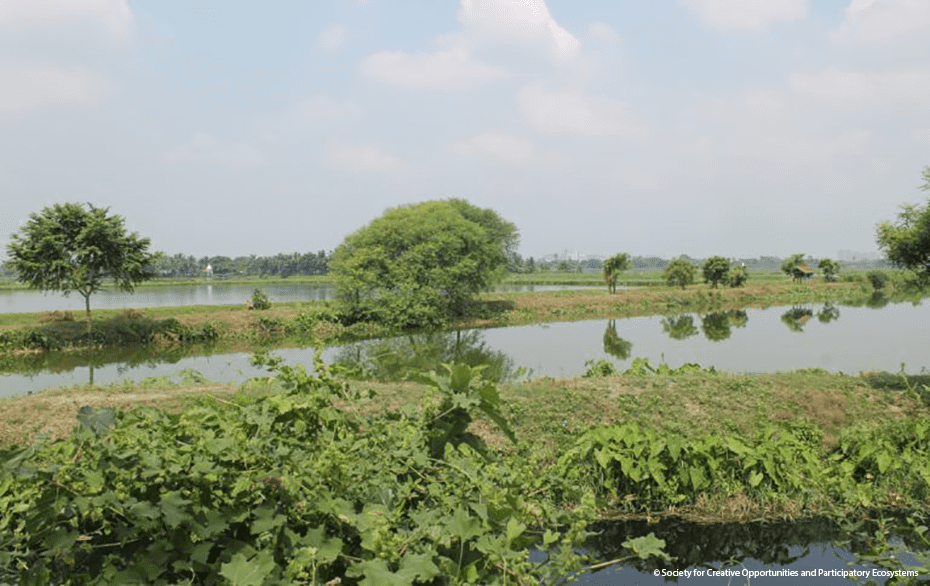
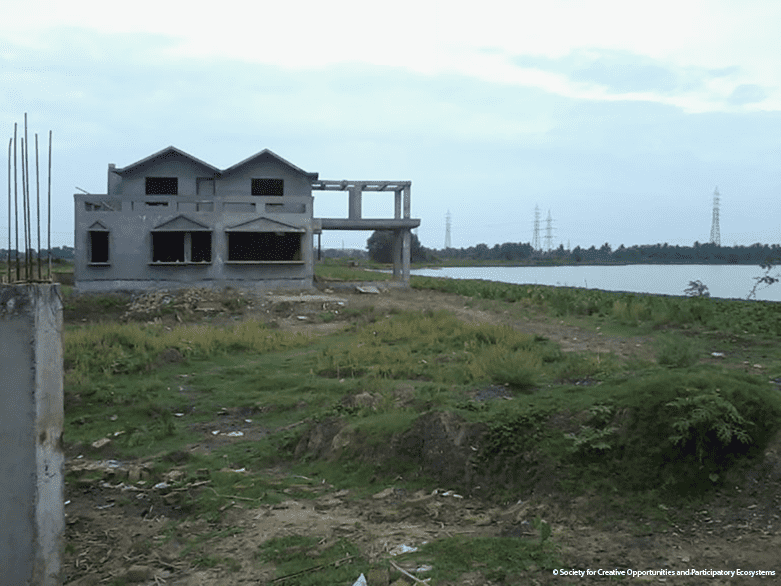

Hasan Arshad Nasir, Pakistan
Assistant Professor, National University of Sciences and Technology
You come from an electrical engineering background. What brought you into flood resilience work?
There have been many flood events in Pakistan in the past four to five decades. The city where I grew up, Rawalpindi, is often hit hard. I have some memories of urban flooding in 2001 because of rainwater rushing down from neighboring Islamabad.
One of my projects focuses on Namal Lake in western Pakistan. The lake is entirely fed by rainwater, and flash flooding is an issue. In the past 10 years, there have been dramatic climate shifts that have each caused destruction of some sort. So I partnered with three Pakistani universities to develop a proposal to better manage the lake.
Given your engineering expertise, what surprised you about natural and nature-based methods? Did your perspective on flood risk management shift?
Where I’m coming from, flood control is quite the opposite of nature-based, and often only uses hard structural methods such as dams. To be honest, I was completely unaware of nature-based methods even as recently as 2019, which is definitely a bad thing.
During the training, Dr. Upul Subasinghe from Sri Lanka talked about why wetlands are so important to reduce erosion and control flash flooding. I had never thought about this. Engineers generally think about flooding in terms of a motor that is turned on and off. Environmental scientists think through different approaches to deal with very similar problems, and people like myself from engineering backgrounds need to hear those kinds of things.
After going through the training, I decided to integrate nature-based approaches from the Flood Green Guide in my work.
What did you learn in the training that you plan to apply to your work?
I’ve found that engineers generally have a narrow approach to flood-related problems. We think about a small stretch of river but do not traditionally look at the broader context of the watershed. In Pakistan, there is now more flooding during the summer because snow in the north is melting more and more. There is also more frequent flash flooding. So it is important to look at all sub-catchments of the watershed. I really appreciated learning about a more holistic approach.
A key takeaway for me is that a watershed perspective can produce co-benefits. There are often related problems downstream, for instance, that flood management upstream can assist with. I also learned that hard engineering is considered a last resort when flood management is approached holistically.
You mentioned that floods are worsening in Pakistan due to climate change. Zooming out for a moment, do you have thoughts about effective flood management as the frequency and magnitude of these events increase?
One reason I have hope is that more and more people who are not from hydrology backgrounds are entering into sustainable flood management. That means they are integrating a more diverse array of solutions including nature-based methods.
Most of the trainees were from my region, and most are working on problems very similar to those we see in Pakistan. It was great to get to know them and I look forward to staying in touch and working together.
There are so many things to learn, but personally, I think the flood management solutions that will come as a result of this training will be more thorough and will bring many co-benefits.
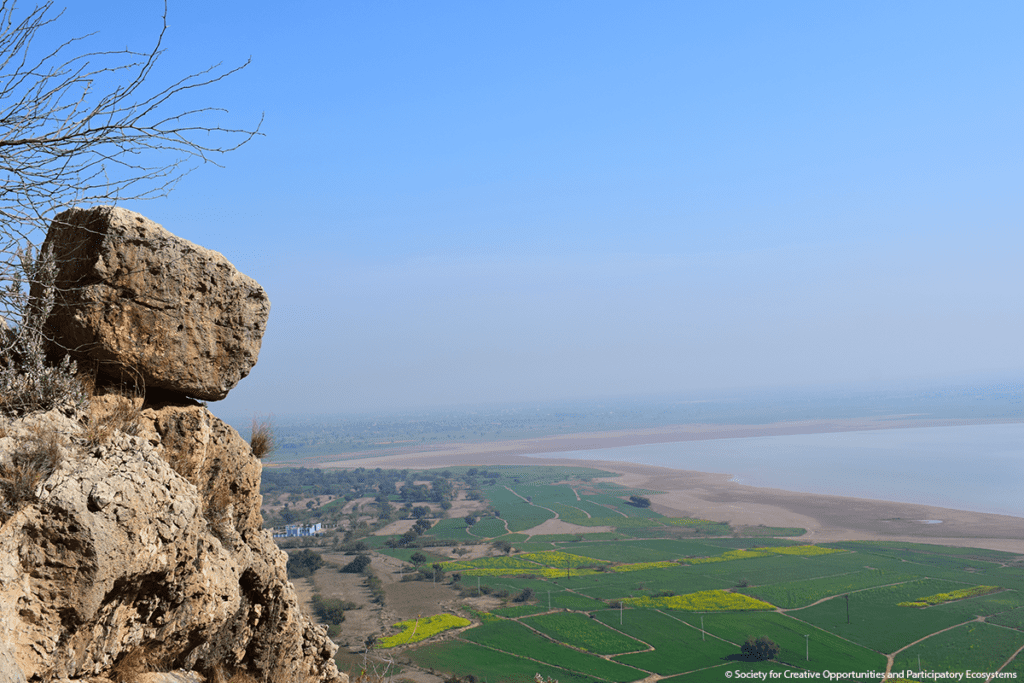

Edd Wright, Indonesia
Southeast Asia Regional Director, World Neighbors
You have a humanitarian background. What made you attend this training to learn about natural and nature-based flood management?
I work for a humanitarian NGO and run disaster risk reduction and natural resource management programs. I help communities develop action plans so that they are more resilient when disaster strikes.
The communities we work with regularly experience droughts and also increasingly flash flooding, especially in the past 5 to 10 years. Rather than hard engineering methods that are often at the forefront of people’s minds with flash flooding, I want to emphasize that other methods such as retention ponds, household rainwater harvesting, or natural drainage restoration could be equally effective.
What did you learn in the training that you plan to apply to your work?
I didn’t know much about nature-based flood management approaches beforehand. Reading the Flood Green Guide and taking part in the training really opened my eyes to the fact that a lot can be done with these methods.
My NGO World Neighbors works at the community level where the money to implement hard structural methods is often not available. I’m planning to translate part of the Flood Green Guide into Bahasa Indonesia and share it with program staff and community mobilizers. If a community realizes that nature-based flood management methods are effective and don’t require a large cost, then I’m sure they will grow in popularity.
Was there a lecture or exercise that was particularly beneficial for you?
It was all really good and mostly pretty new to me. Kyle McKay from the U.S. Army Corps of Engineers gave a lecture on integrated flood modeling, which was helpful because we work on rainfall prediction modeling with the Bandung Institute of Technology. We share the prediction models with farmers so that they have a better idea of when to plant and harvest. I also found it very inspiring to learn from the Canadian filmmaker Liz Miller about tools to increase community participation in and ownership over programs.
What did you think of the fact that this training included trainees from an array of sectors and backgrounds?
Since I don’t really have a flood management background, it was interesting for me to meet with people I don’t normally talk with, such as engineers. In the small group sessions, I talked with them about the community development work that I am more familiar with.
Due to COVID, I’ve been stuck at home for a lot of my work. It was really nice to connect with people who have the same professional interests, and to learn about something new. I felt it was quite stimulating.
As the climate crisis worsens, is the perception of floods in your local context shifting?
Longer dry seasons and shorter wet seasons — where even my house gets flooded — have just become part of normal life. When my organization goes into a community, we examine disasters over the past ten to twenty years. We are often told that twenty years ago a flood would have happened once a decade, but more and more it’s becoming an annual event.
Nature-based solutions may not have an impact tomorrow, but will become really beneficial in a few years time if they are able to mitigate the losses from these increasingly annual flood events.
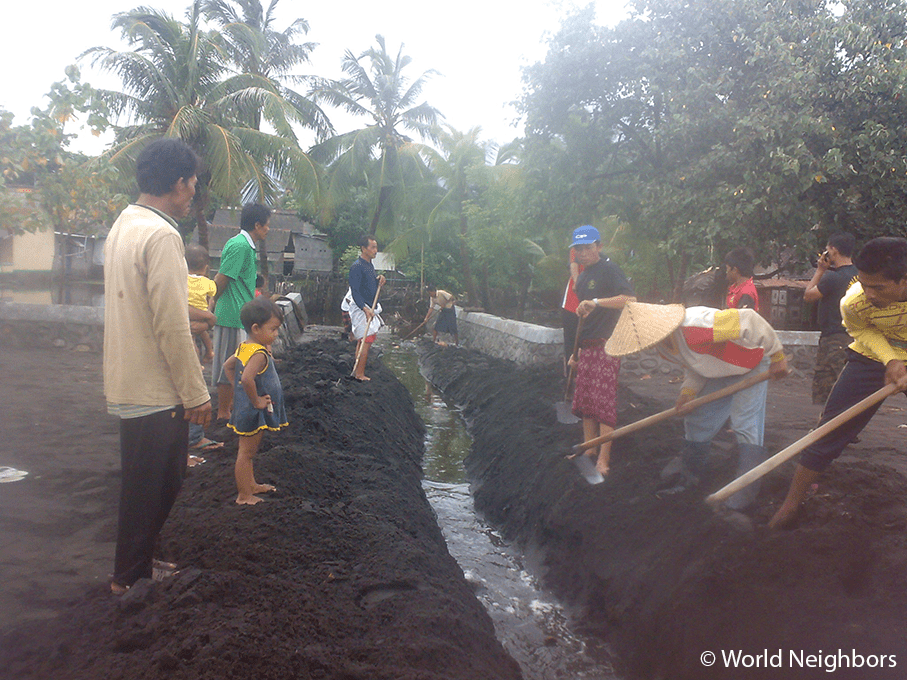
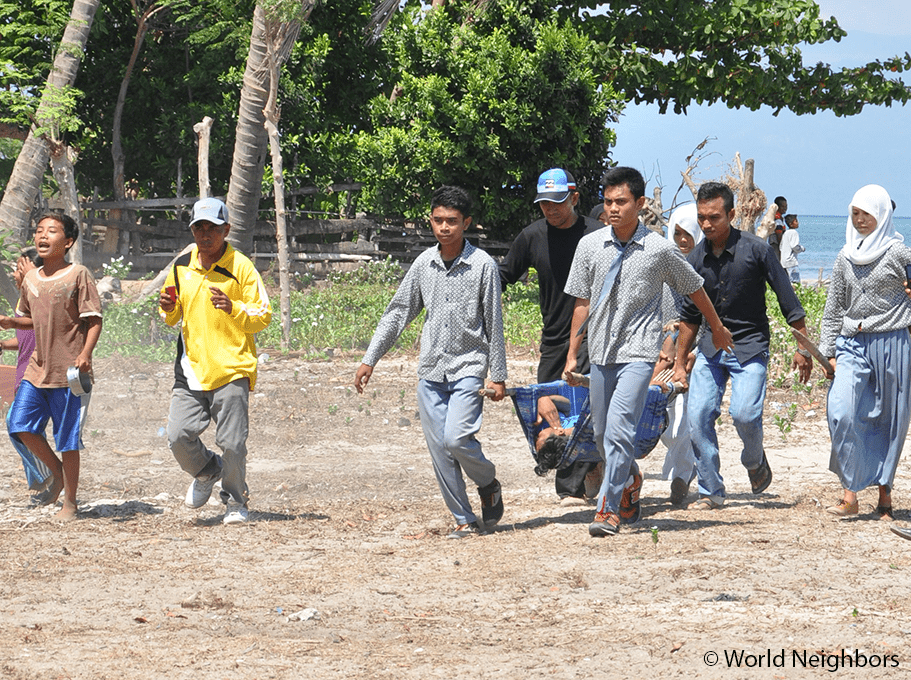
For information on future trainings, please contact [email protected].
This training is made possible by the generous support of the American people through the United States Agency for International Development (USAID). The contents are the responsibility of WWF and do not necessarily reflect the views of USAID or the United States Government.
